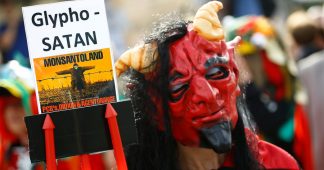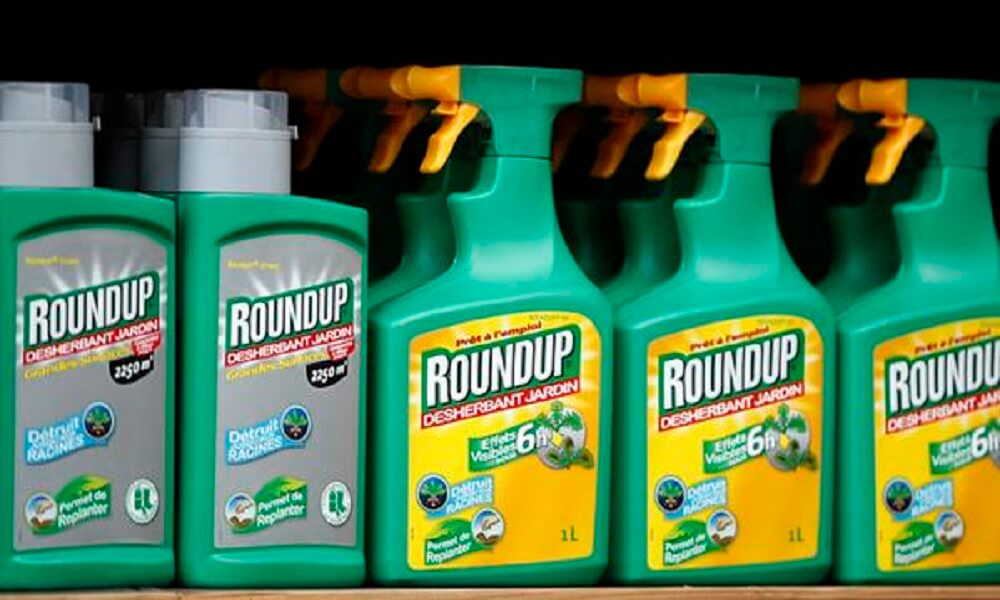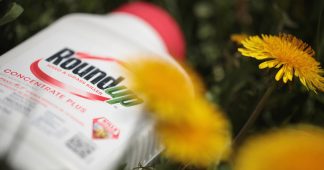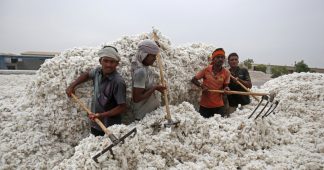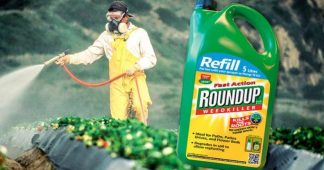Internal documents describe how to profit from farmer losses and desire to oppose some independent testing
by Carey Gillam
30 Mar 2020
The US agriculture giant Monsanto and the German chemical giant BASF were aware for years that their plan to introduce a new agricultural seed and chemical system would probably lead to damage on many US farms, internal documents seen by the Guardian show.
Risks were downplayed even while they planned how to profit off farmers who would buy Monsanto’s new seeds just to avoid damage, according to documents unearthed during a recent successful $265m lawsuit brought against both firms by a Missouri farmer.
The documents, some of which date back more than a decade, also reveal how Monsanto opposed some third-party product testing in order to curtail the generation of data that might have worried regulators.
And in some of the internal emails, employees appear to joke about sharing “voodoo science” and hoping to stay “out of jail”.
The new crop system developed by Monsanto and BASF was designed to address the fact that millions of acres of US farmland have become overrun with weeds resistant to Monsanto’s glyphosate-based weedkillers, best known as Roundup. The collaboration between the two companies was built around a different herbicide called dicamba.
In the Roundup system, farmers could spray glyphosate herbicides such as Roundup over the top of certain crops that Monsanto genetically engineered to survive being sprayed with the pesticide. This “glyphosate-tolerant” crop system has been popular with farmers around the world but has led to widespread weed resistance to glyphosate. The new system promoted by Monsanto and BASF similarly provides farmers with genetically engineered dicamba-tolerant soybeans and cotton that can be sprayed directly with dicamba. The weeds in the fields die but the crops do not.
Read more at https://www.theguardian.com/us-news/2020/mar/30/monsanto-crop-system-damage-us-farms-documents
